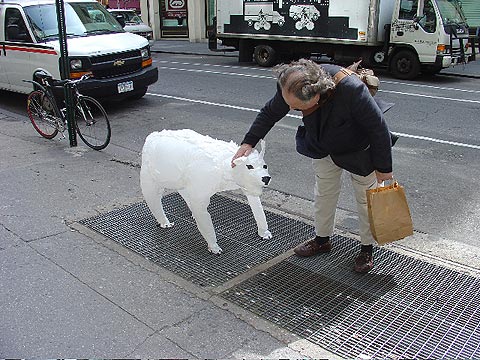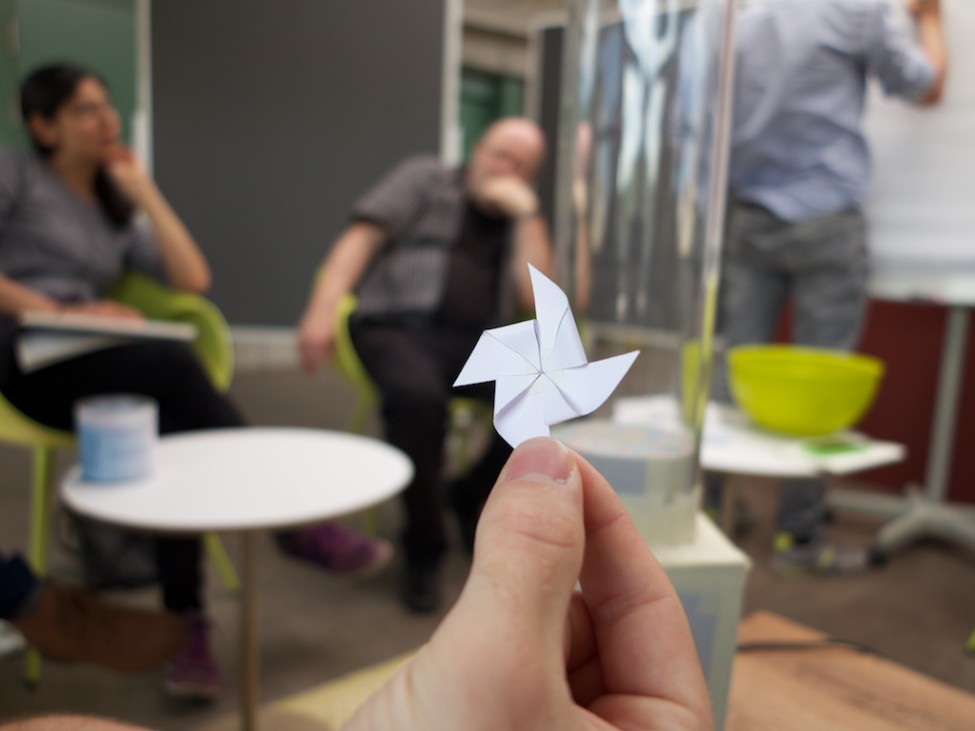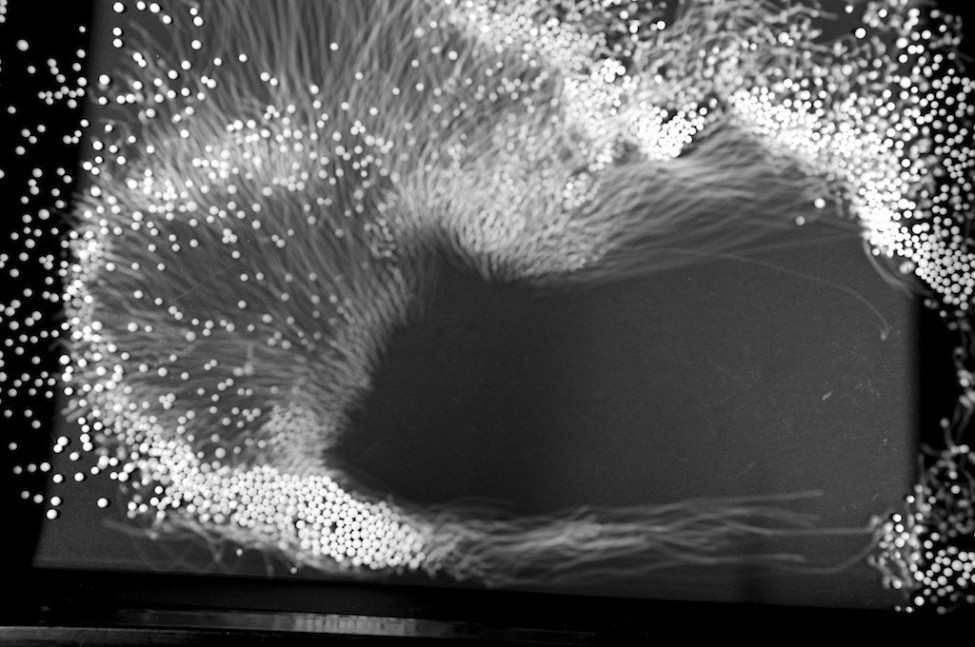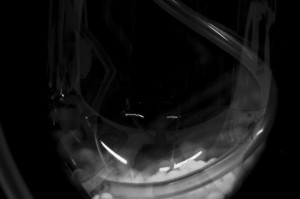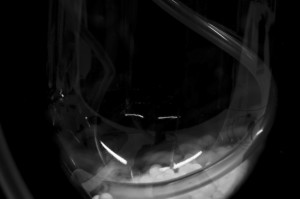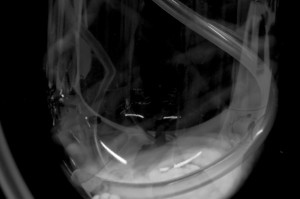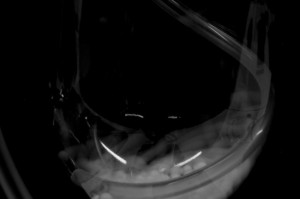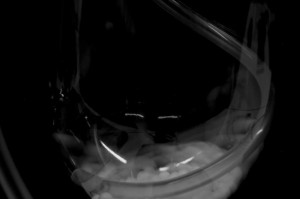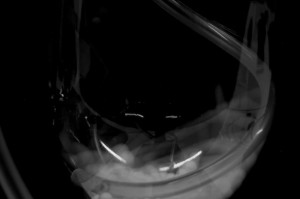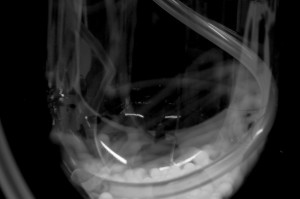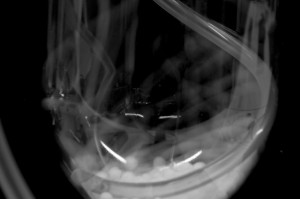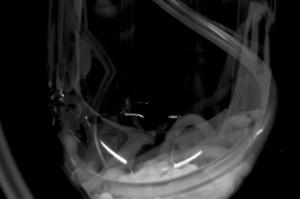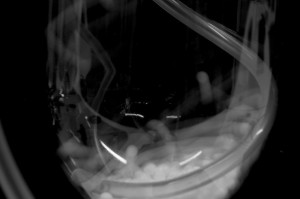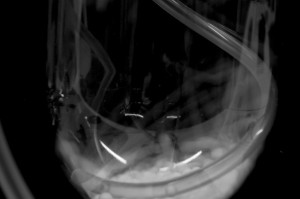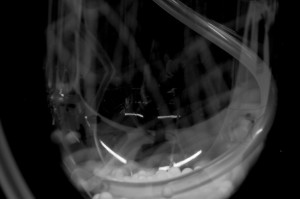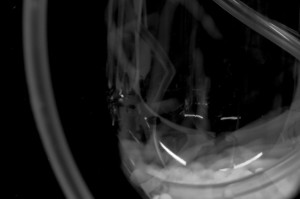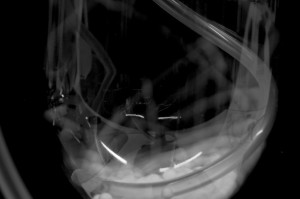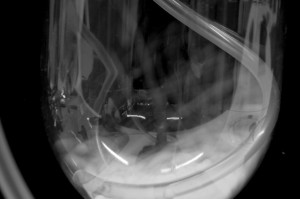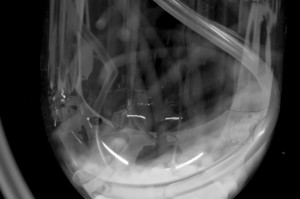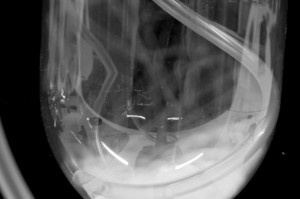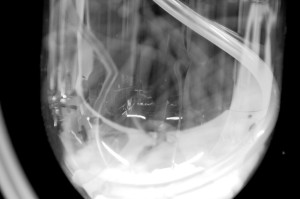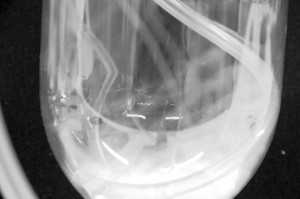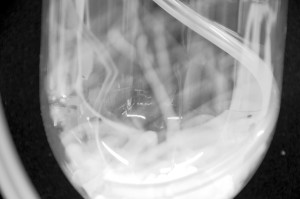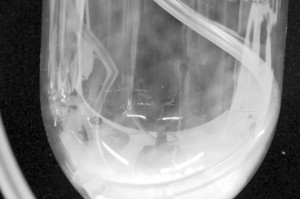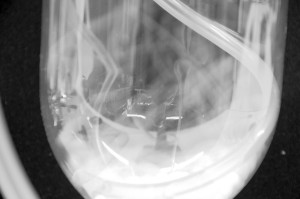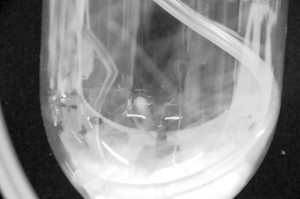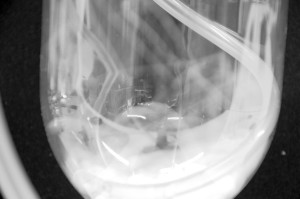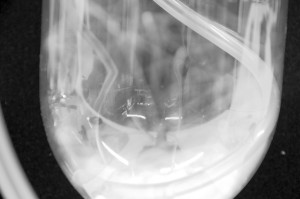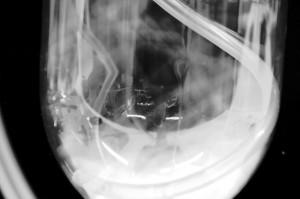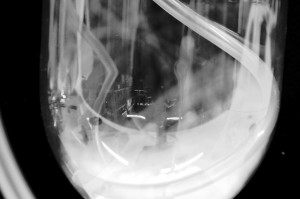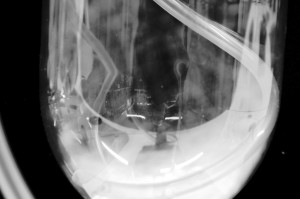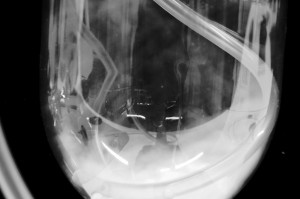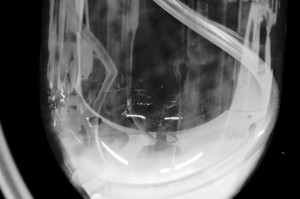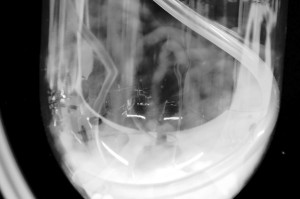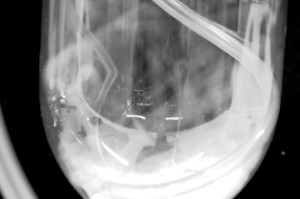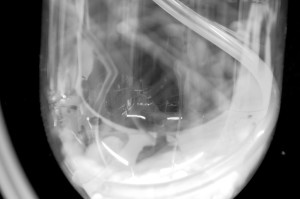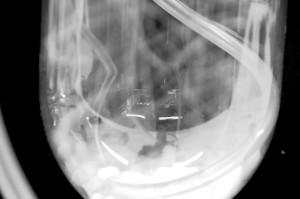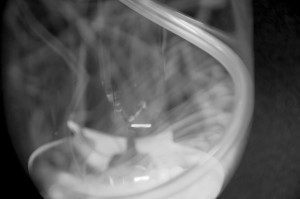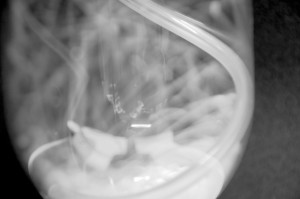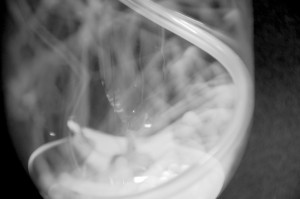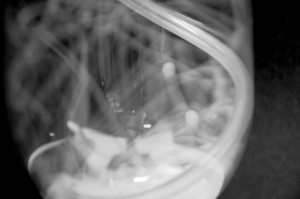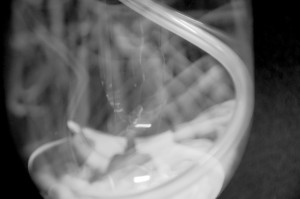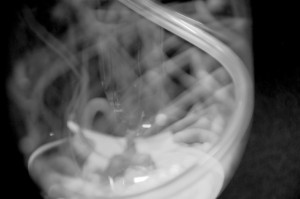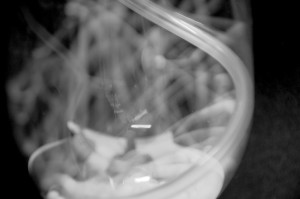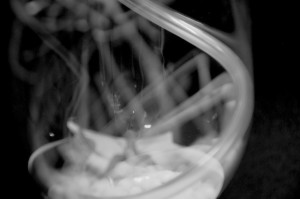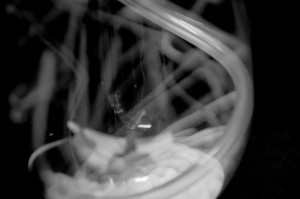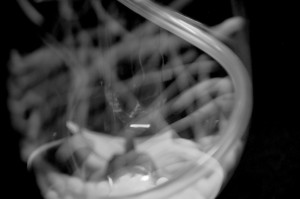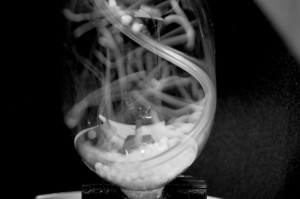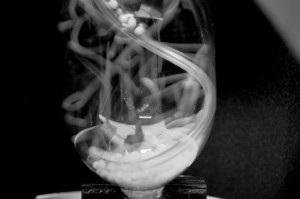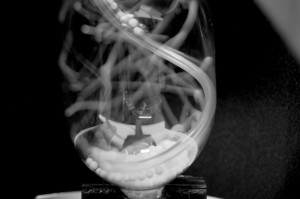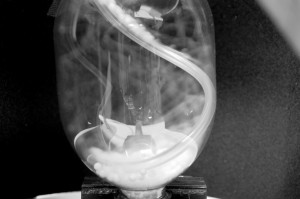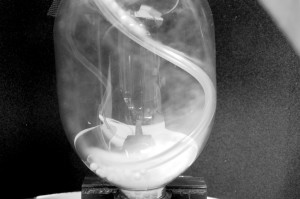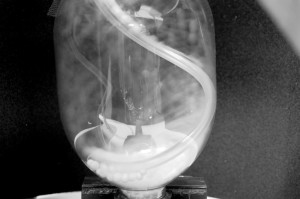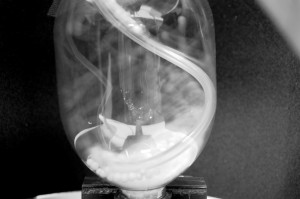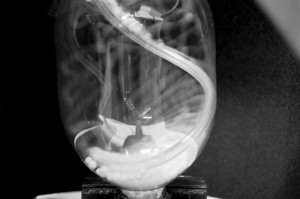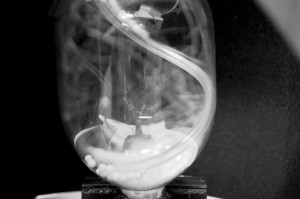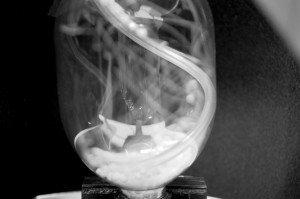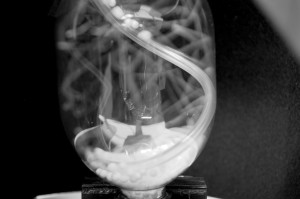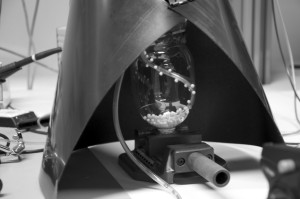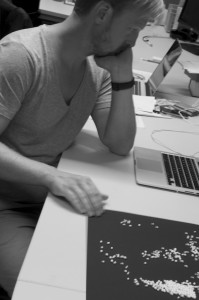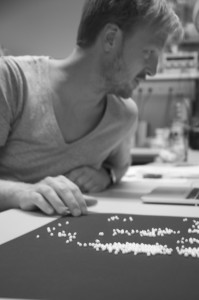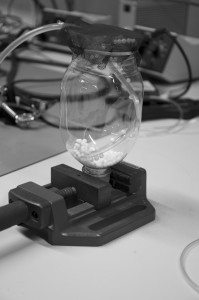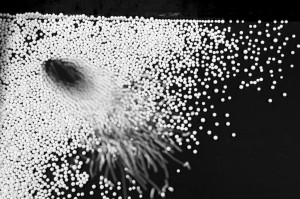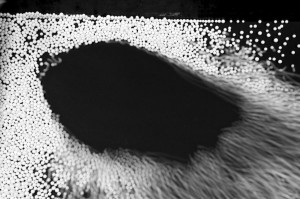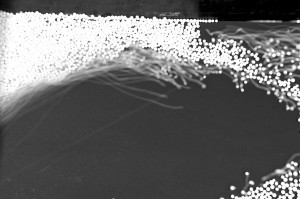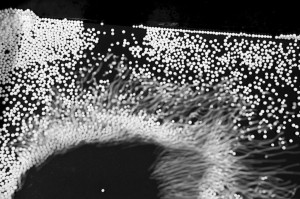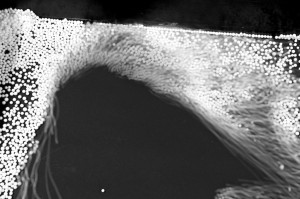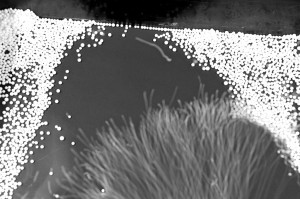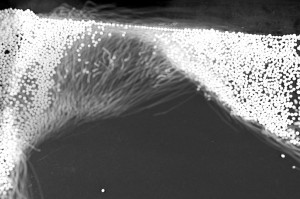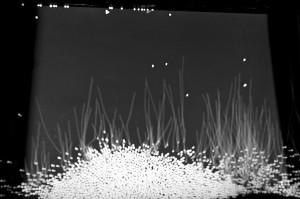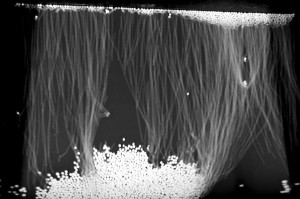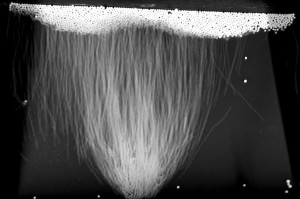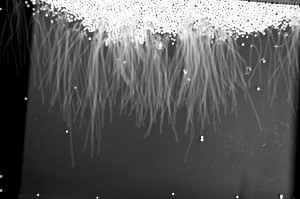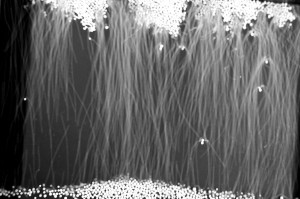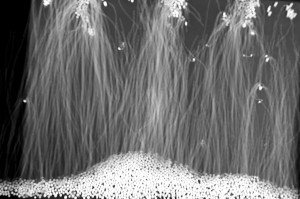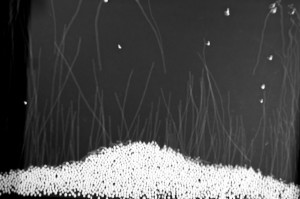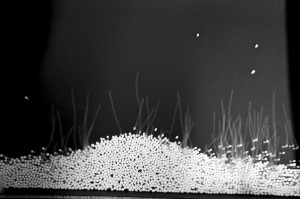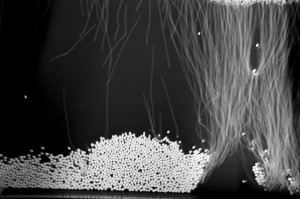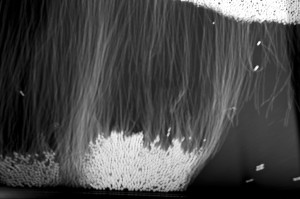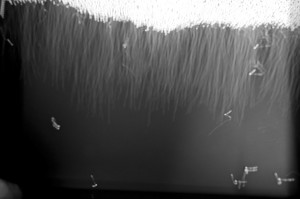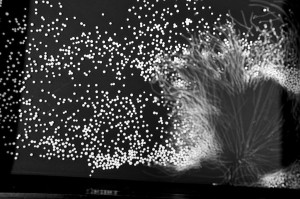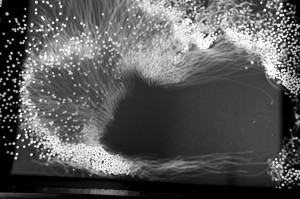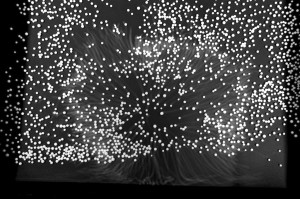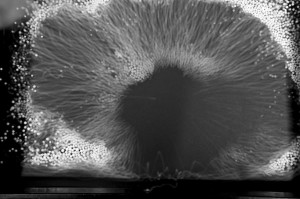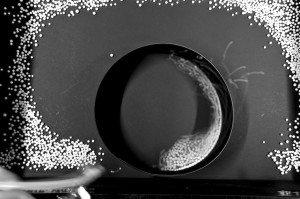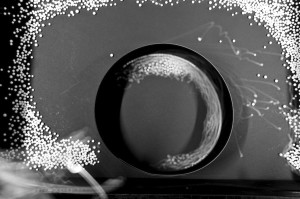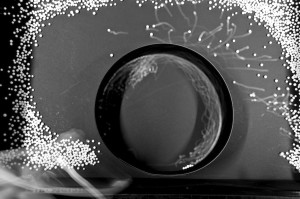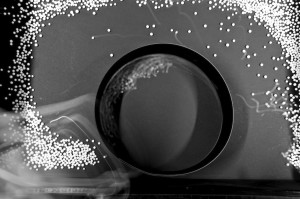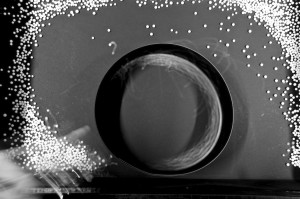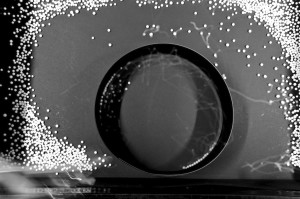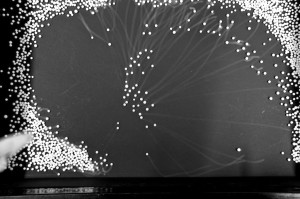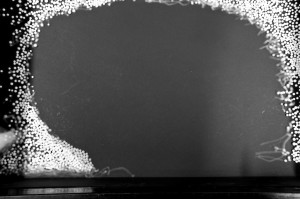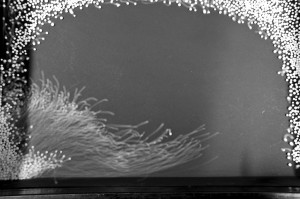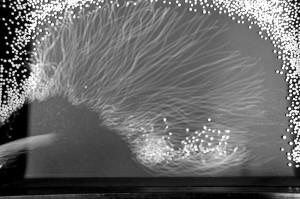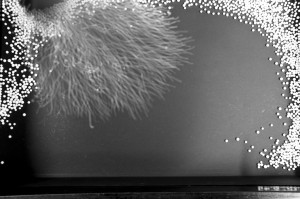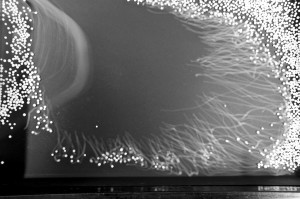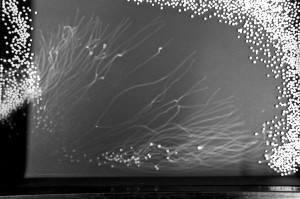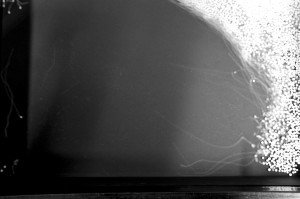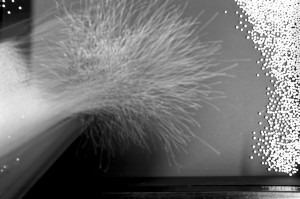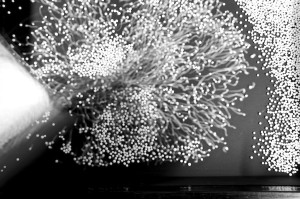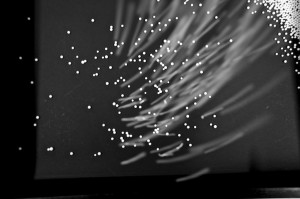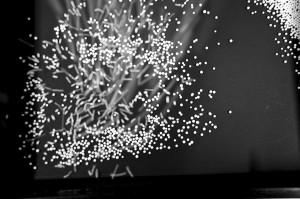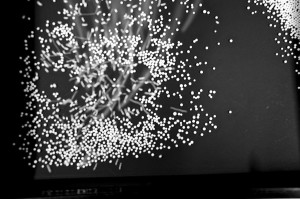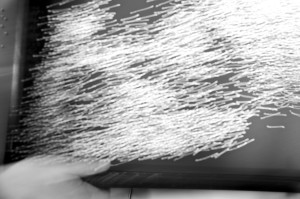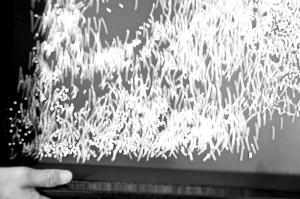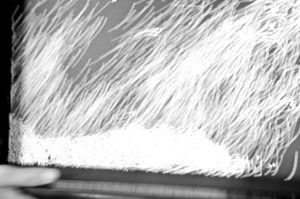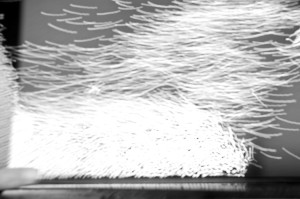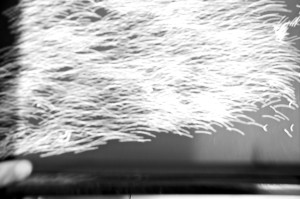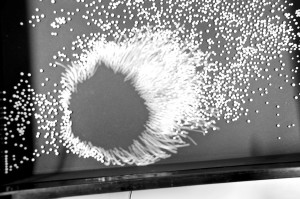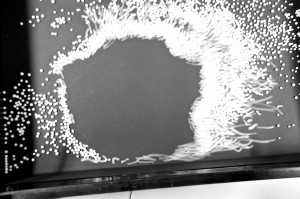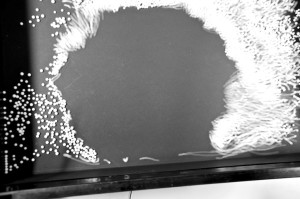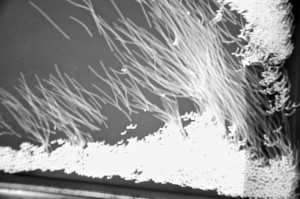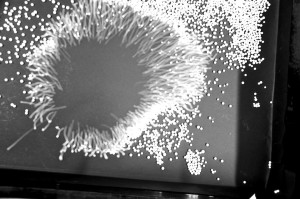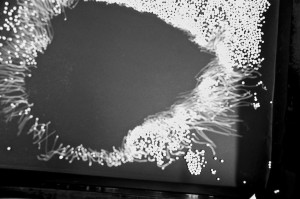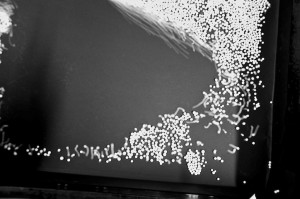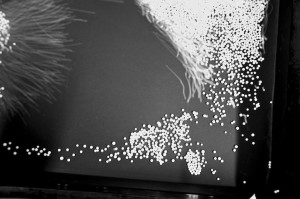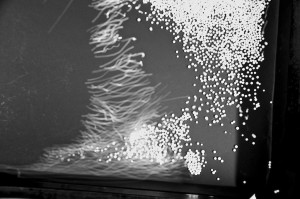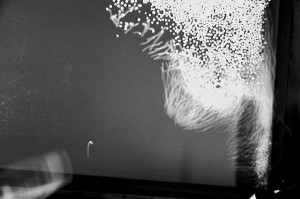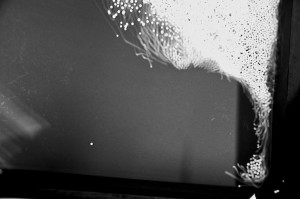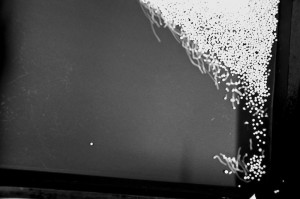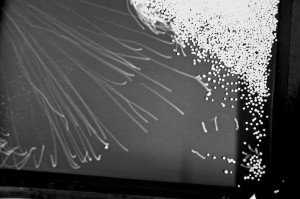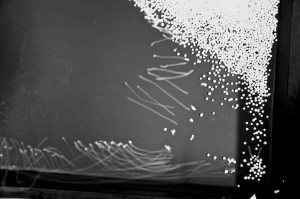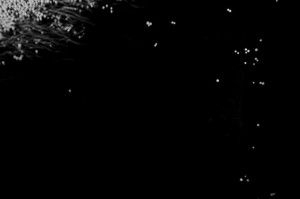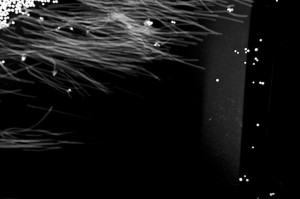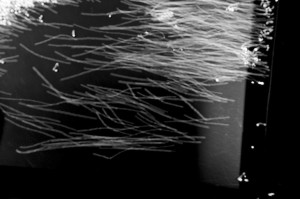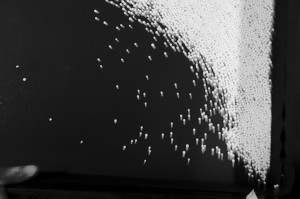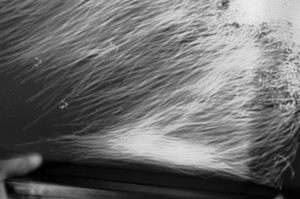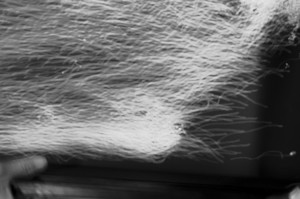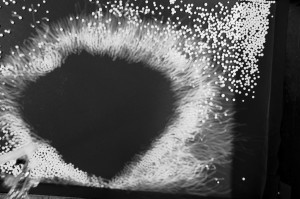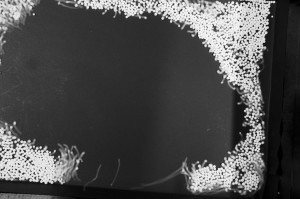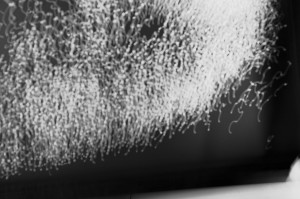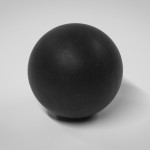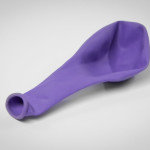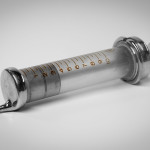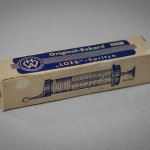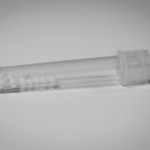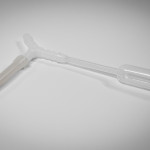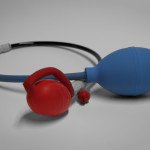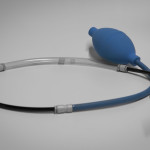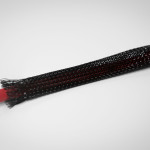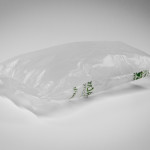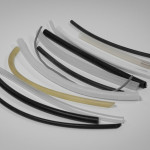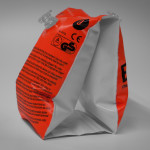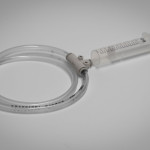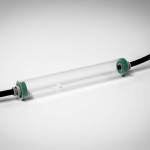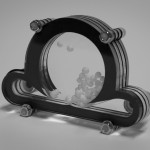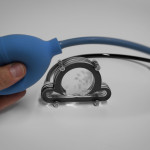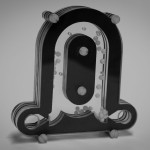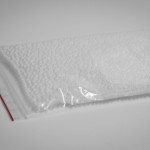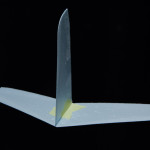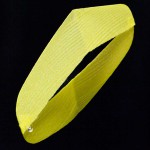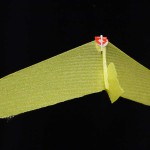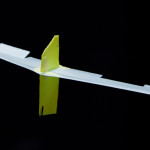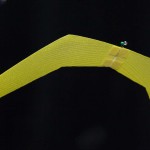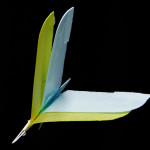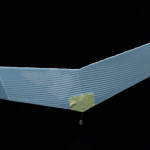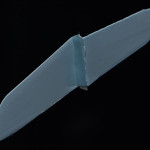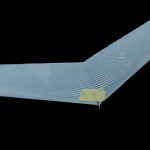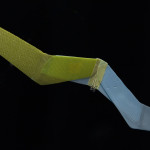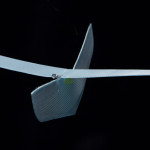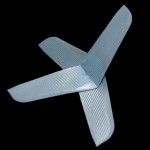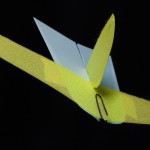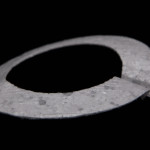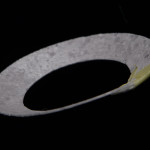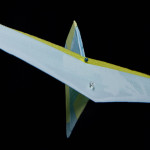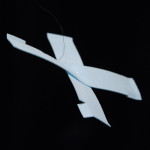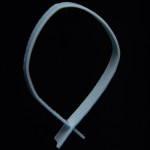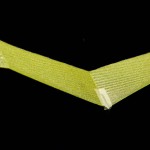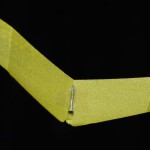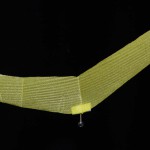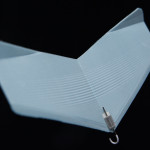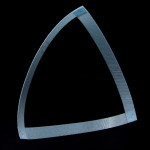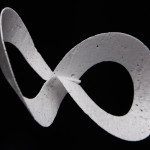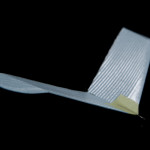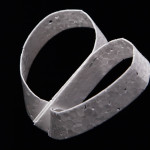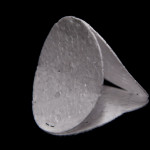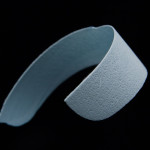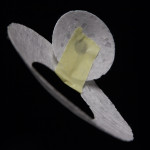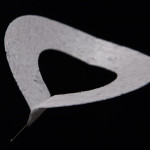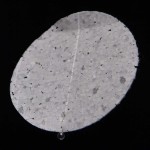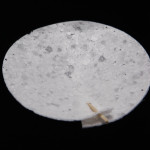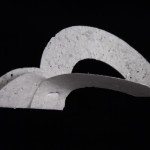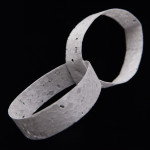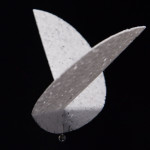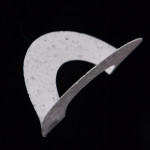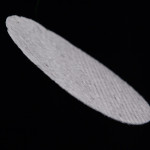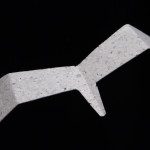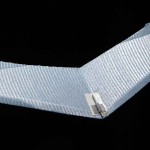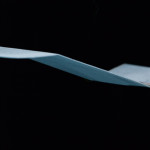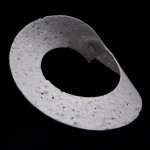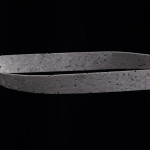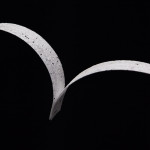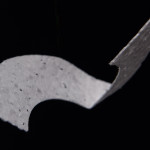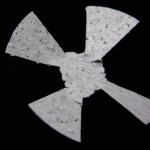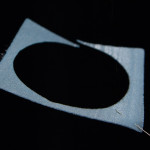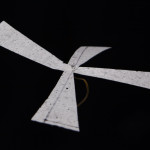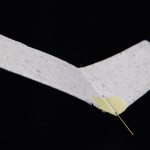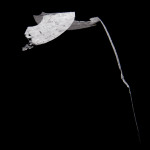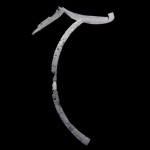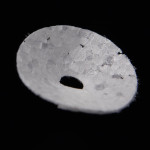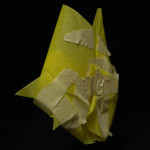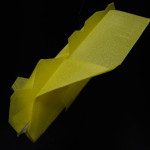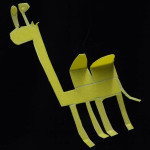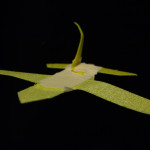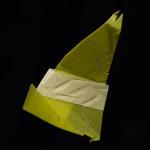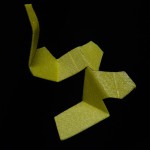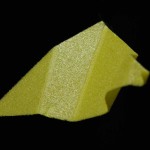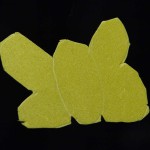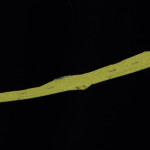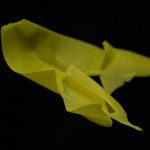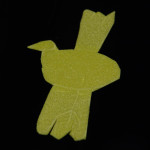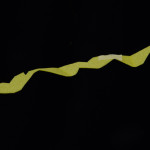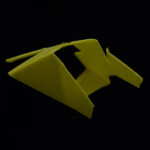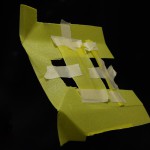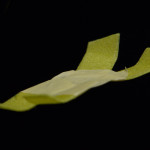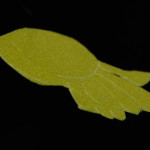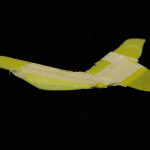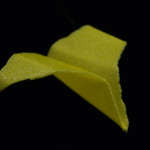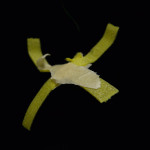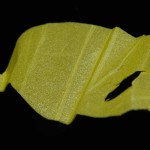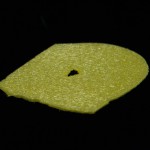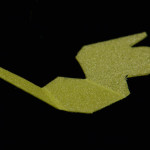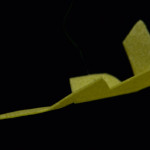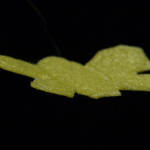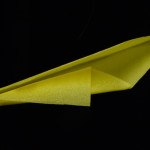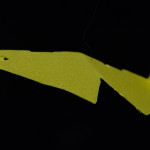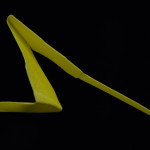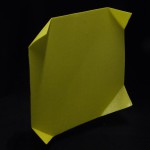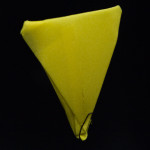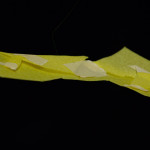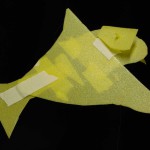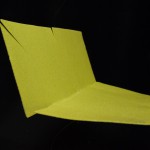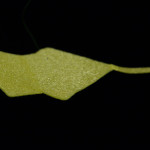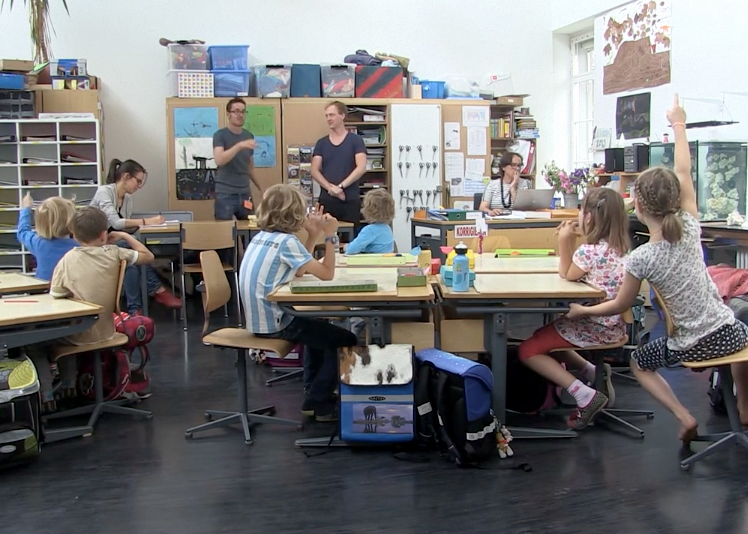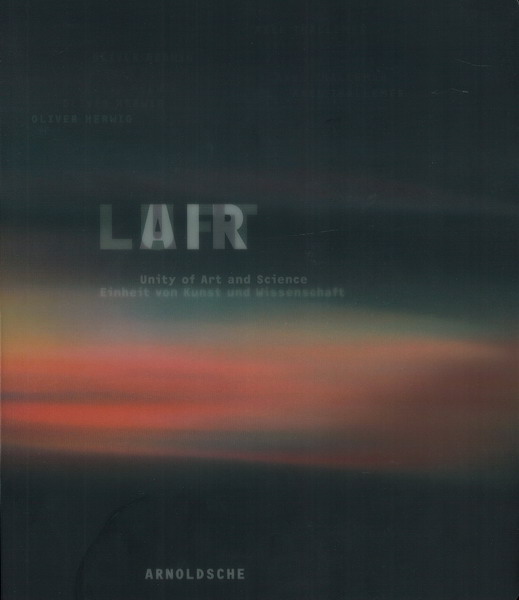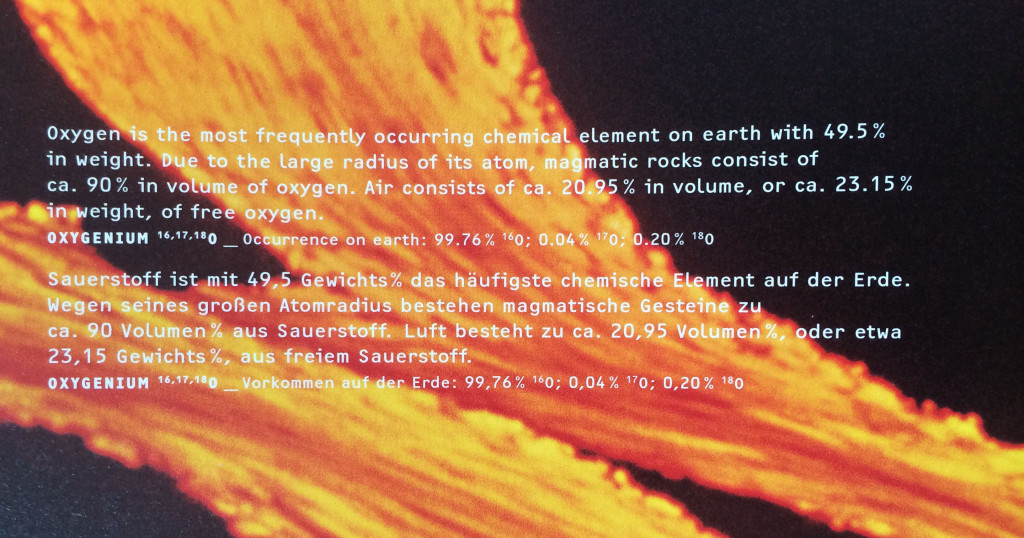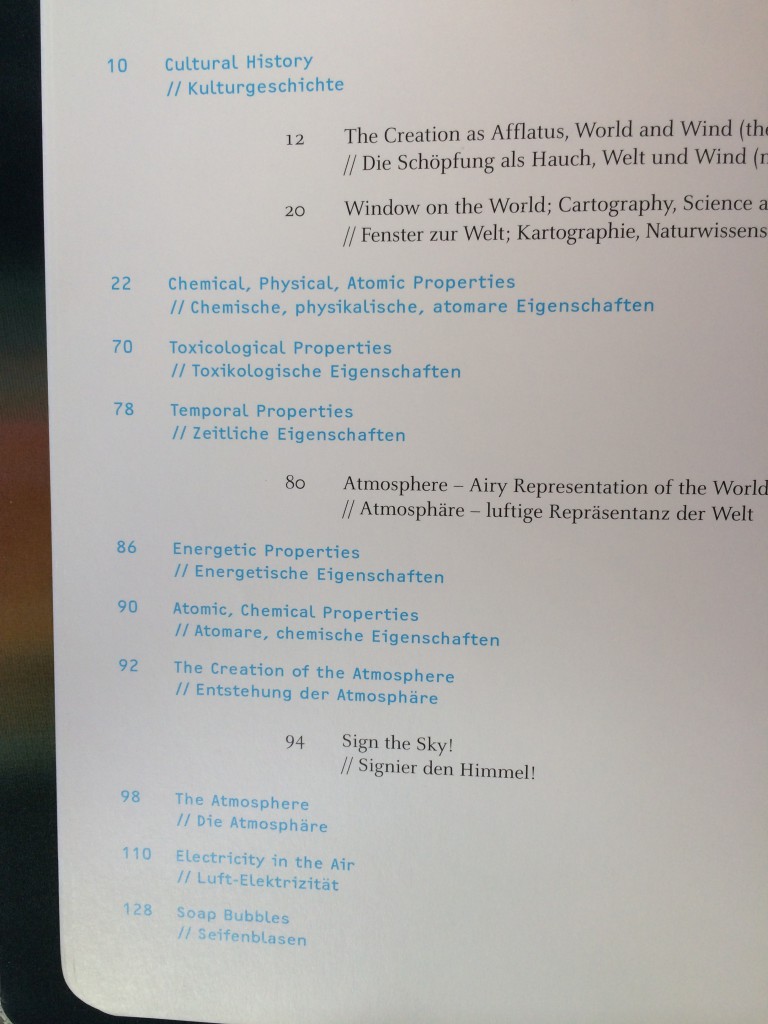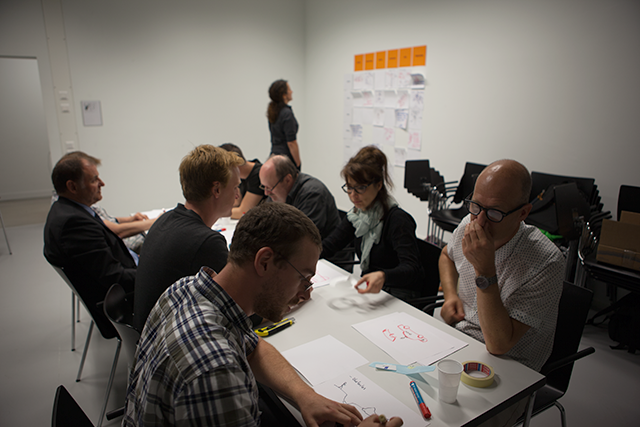Workshop am ZPP in Winterthur
Visualisierung des Airflow
Visualizing Air Flow Using Schlieren Optics
Science Toys – Tests
Styroplanes
Sowohl beim Workshop mit Schulkindern als auch beim Workshop mit der ZHAW sind eine Vielzahl an Artefakten entstanden. Nachfolgend eine Auswahl der entstandenen Styroplanes.
Research Update July
This PDF contains a research update from July 2015
150730_ResearchUpdate
Workshop Schulhaus am Wasser
On June 18 2015 we had the possibility to conduct a workshop at the primary school “Schulhaus am Wasser” in Zurich. Participants were two groups of first year scholars aged 6-7. In preparation for the workshop we decided to use the StyroPaper material to explore flying objects with the children. Our basic intention was to observe how different children would invent flying objects if the task is either to design a plane (an object that flies as long as possible) or an object that creates a weird, beautiful motion whilst flying. This methodology was used before in a workshop with ZHAW and Technorama, so we will be able to compare the approach of the children to the approach of the adults. In the following we will describe the setting for the workshop, then the observations and insights that we made during the workshop, the resulted objects and a comparison to the results of the workshop with the adults.
Setting
We had 45 minutes to conduct our workshop and decided to do it in three steps. The first step was an introduction to the material that we used. We wanted the children to understand that styropor is made out of thousands of little air bubbles which form a solid material. Therefore we showed them, that balloons fly much better if they are filled with air than without air. From this insight we guided them to bubble pack and then to a block of styropor. The last step was to show them, that one can produce thin layers of styropor to get similar properties as paper.
After the introduction we had two experiments which were switched from one group to the other. The reason was that we could compare the results afterwards to see how the experiments are influencing each other. In the first experiment we asked the participants to build a flyer out of the StyroPaper material which will fly as far as possible. Therefore we gave the children premanufactured forms and a building instruction. They only had to fold the StyroPaper and add a little metal wire as balancing weight. The task in the second experiment was to design and build an object out of a raw sheet of StyroPaper which would produce a weird, beautiful motion whilst flying. At the end of the workshop we asked the children for a general impression on what they learned in the 45 minutes.
Observations & Insights
The children were very enthusiastic about doing a workshop with us – researchers from the ZHdK. As we started our workshop they were really focused and interested in our introduction to the material. Even the teacher stated later in a brake, that it is not common, that the children are so much concentrated on a topic. During the introduction we tried to involve prior experiences of the children as much as possible by asking them questions about their experience and knowledge regarding the topic of air and flying. Whilst some of the answers were quite elaborated “We experimented before with some things that made it possible to experience that air is not nothing” some were driven by real world experiences “With a friend of mine we were building a planes from styropor and Playmobil and were throwing them from the highest floor” or phantasy “If I could fly I would be a bird”. The demonstration of the lightness of the material, that we brought to the workshop, was capturing for all of them. Some of the participants stated that we could build something out of styropor, even before we made a reference to this material.
Group A
Between group A and group B we were able to see a difference in the way they approached the prepared experiments. Especially because we swapped the two tasks between the groups. Group A firstly had the task to build a plane that would fly as far as possible. For this they were presented the remanufactured plane-forms and some tools and tape. They were all focused on building one plane but we as moderators had to take care that they worked precisely. Precision seems to be something that children in that age group are not used to comply. Nevertheless at the end we had a plane form every child and we were able to put on a challenge where each participant was asked to throw his/her glider to compare the distances that they reached. In the second experiment we gave the children raw sheets of StyroPaper and asked them to build the weird-flying object. At the beginning the children had some timidity to design really weird objects and stayed to common forms most of the time. After encouraging them and giving them some examples they really started to thing creatively and innovative about that task. From the first experiment they already knew how to use the tools and also the properties of the material were common to them. The resulted objects were very different in form and size but demonstrated a wide variety of possibilities.
Group B
Group B was starting with the task to build a weird-flying object. Compared to group A they didn’t had the prior experience with the material and therefore it seemed like it was more easy for them to come up with creative solutions. The forms they invented ranged from animals to phantasy objects that were inspired by examples from nature (e.g. leafs and birds). The freedom that they had without the previous task of building a long flying object encouraged them to truly be creative – something that we had to promote in this task with group A. It seemed that the satisfaction that the children got from the first exercise was a good condition for the second task – they were quiet more focused and worked more precisely as group A. This was not only observable from their behavior but also recognizable in the distances the gliders flew.
Resulted Objects
The following image illustrates the variety of different objects that the participants were designing during the 45 minutes.
Comparison to Adults
When we compare the results of the workshop with the children to the ones we had from the workshop with the people from ZHAW, Technorama and ZHdK we could notice some interesting facts. First, the children don’t have some much prejudices about flying objects than adults do have. The adults tried to build really complex planes – especially in task one. For example they tried to build biplanes which – at the end – turned out to not fly so well as if they would have followed our building instructions. After recognizing, that the planes they made didn’t work out so well, the adults started to argument for their design, whereas children were just accepting that their planes weren’t so precise. The same insight could be transferred to the second exercise, where again the children were much more creative without having to much prejudices of how a crazy flying object would look like. Adults seemed to think again too much about forms rather than just building objects and trying them out.
Summary
In general the workshop setting worked out very well. Coming from an introduction to the material and then having two tasks with different approaches (precision and creativity) is challenging and interesting as well. We could now think about how we would transfer these insights into a Science Toy. Probably the explanation for the material has to be either written or presented as an introductory video. The material itself could be supplied as raw sheet and premanufactured plane form. The ready Science Toys could be found here.
AIR Book – Unity of Art and Science
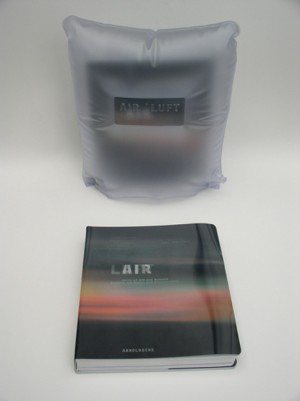
One of these days I found an amazing book, that acts like a compendium of the known air concepts. It is written by Oliver Herwig journalist and art historian & Axel Thallemer scientist, engineer, professor and industrial designer. It is highly visual with a few phrases in each page, that go from egyptians wind gods to atmospheric components. It is written in english and in german, here is an example of a phrase and of its index.
It is great for inspiration and to search own interests inside of the highly rich topic that is Air.
And as a plus the package itself its inflatable.
Workshop at ZHdK
During a workshop at ZHdK we were working on flying objects as well as developing ideas around the topic of air. The schedule for the workshop was as follows:
1. Build a flying object that fly as far as possible
2. Build a flying object that produce an interesting movement whilst flying
3. Design Speed-Dating to create ideas for given contexts and personas
For the first two assignments we used our StyroGlider. The participants were asked to use the predefined form to produce a flying object which could fly as far as possible. We were expecting that all the objects would look more or less the same – which wasn’t the case at the end of this task. Each participant interpreted the requirements differently. All used the basic form of the StyroGlider but extended it in various ways. One was trying to build a biplane by using two forms and attaching them with some tape. Others cut the form in two parts and added them to the original form. The results were very divers. An subsequent challenge, where each of the participants had to launch her glider, showed that the performance of the objects differed as well. Some of the objects were flying around three to four meters, whereas other were even flying backwards after launch.
In a discussion that we started afterwards the different understandings of the task were exchanged. A common problem was the understanding of the assignment which would restricted the use of materials to the pre-given shape. This limitation was not taken serious which resulted in different forms. The discussion is wrapped-up in the video below.
In the second assignment the participants were asked to use StyroPaper to build a flying object that would produce an interesting movement whilst flying. What we observed during the process of building these objects was that the participants were completely affected by the first exercise. Therefore the resulting objects still looked a bit like airplanes although we even emphasized that the objects could look completely different. The results of this assignment could be seen in the following video.
The following discussion brought out that the results of this assignment were more interesting for mostly all of the participants. That was because of the sometimes unexpected movements and because of some other following facts. Nearly all objects needed some time of flight to start a movement. This movement started chaotic and random and stabilized during time. Before hitting the ground most of the objects had a very stabilized movement. Another notice was made, because the environment was playing a crucial role. Wind and air-drift had a big impact on how the movement of the objects evolved. Some were disturbed by a certain gust others drifted very far because of people passing by.
The third assignment was to create ideas for science toys for given contexts and personas. We used the Design-Speed-Dating method (described here) to generate a rich variety of ideas during a short time. Therefore we defined six contexts (Bridge, Mountains, Beach, Staircase, Car and Treehouse) as well as six personas (Artist, Child, Monk, Runner, Teacher and Physicist). They were generated in order to have a big variety and at the same time all the contexts and personas should be familiar to the participants.
After explaining the method we made six rounds, each with five minutes length. In this way not less than 24 ideas were generated in half an our. Each idea was pinned to the wall in the equivalent intersection. The picture below showed the matrix of all ideas.
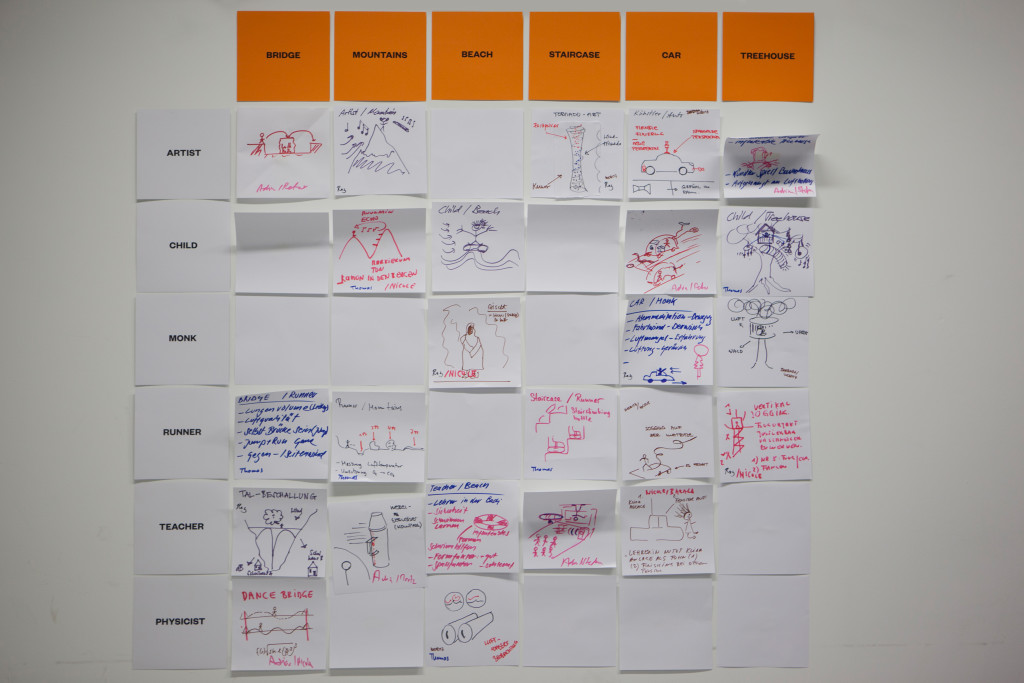
Not all the ideas followed strictly the assignment to generate a science toy which could be used to explore wind, but the context and persona were respected. In the following we will explain three ideas in more detail:
Staircase/Artist – Tornado Art
Thinking about the staircase and an artist immediately brought up the idea to generate an artificial tornado in the staircase where the artist could through in some colored particles. This would result in a very colorful installation that could be filmed or photographed by the artist to be placed inside a gallery for an exhibition.
Car/Child – Airstream Kite
The combination between car and child evoked the scene when driving on a long journey to holidays. On these trips children are always bored and a solution could be to give them some small kites which they could hang out the window to see and feel the power of the airstream.
Mountain/Teacher – Fog Signpost
Imagening a teacher going in the mountains with his class but looses them in the dense fog. To be able to navigate in the fog his only possibility is to use a tool similar to a Thermos bottle which catches the fog on the side on which the wind is coming from. In this way he could probably find his way back home.
The overall workshop helped us a lot in rethinking our first material (StyroPaper) as well as defining a methodology to use this material in a workshop setting to learn something about air in relation to flight. The part of generating ideas broadened our understanding of the topic (air) and the possible approaches for science toys.
